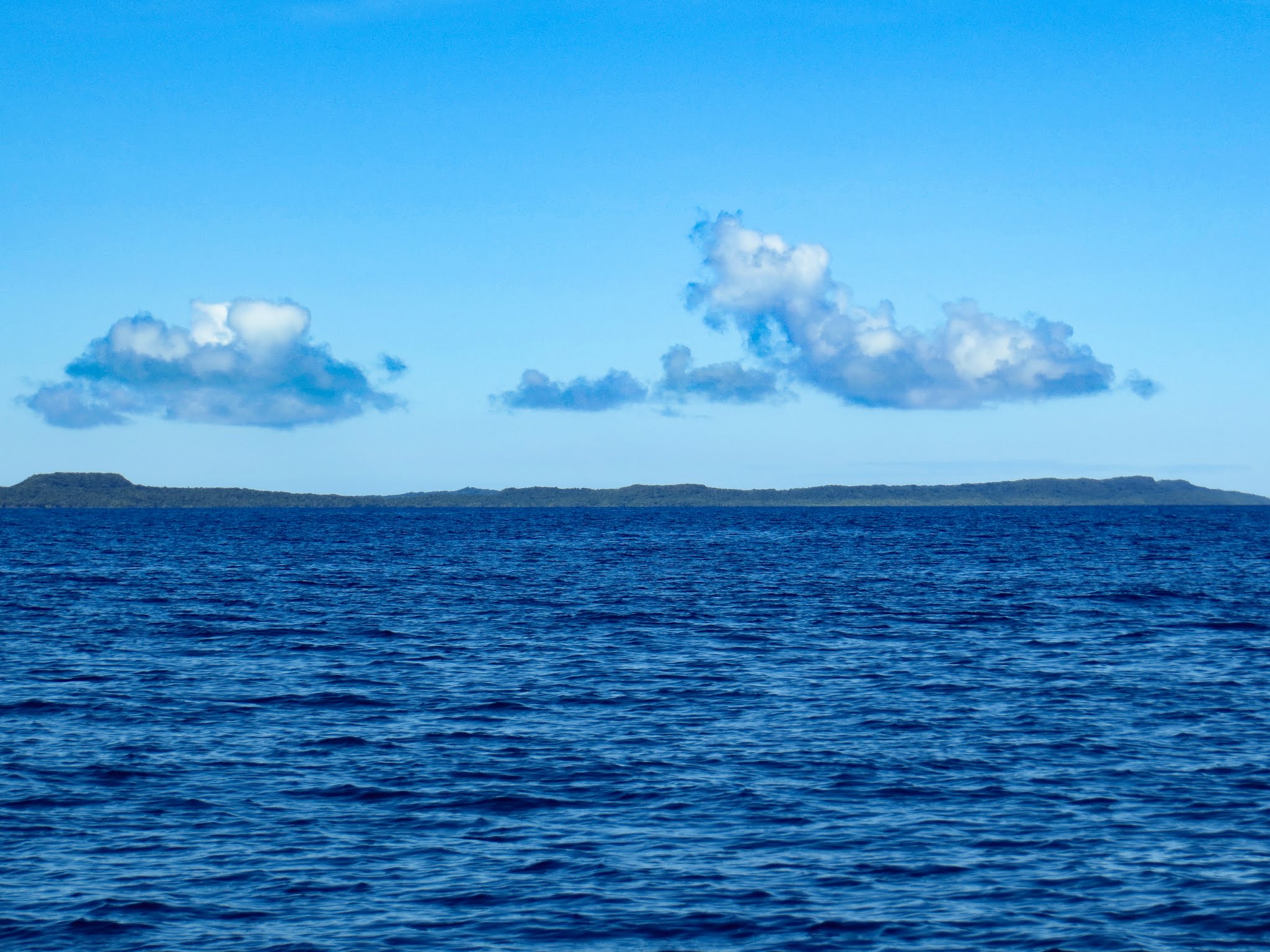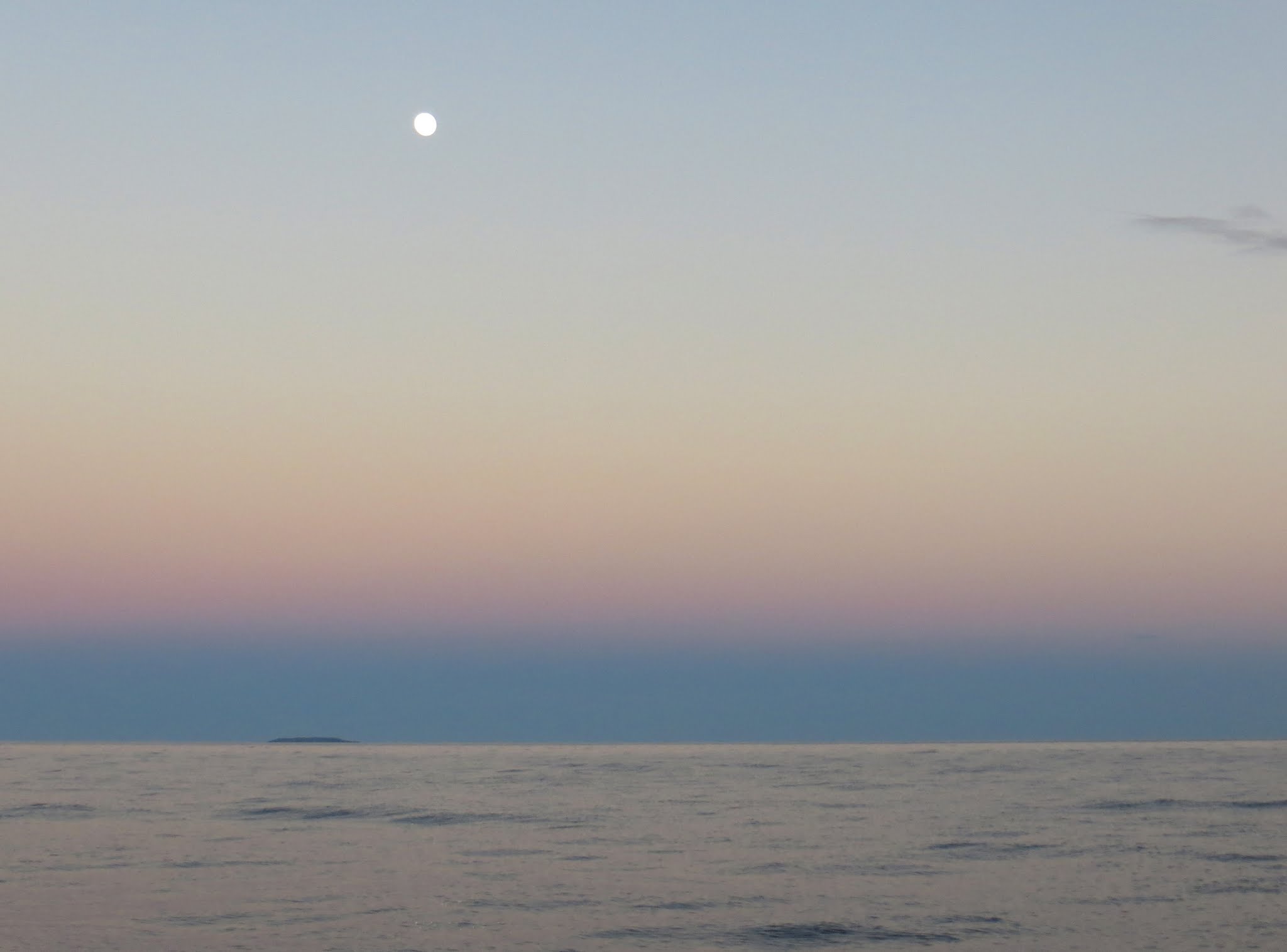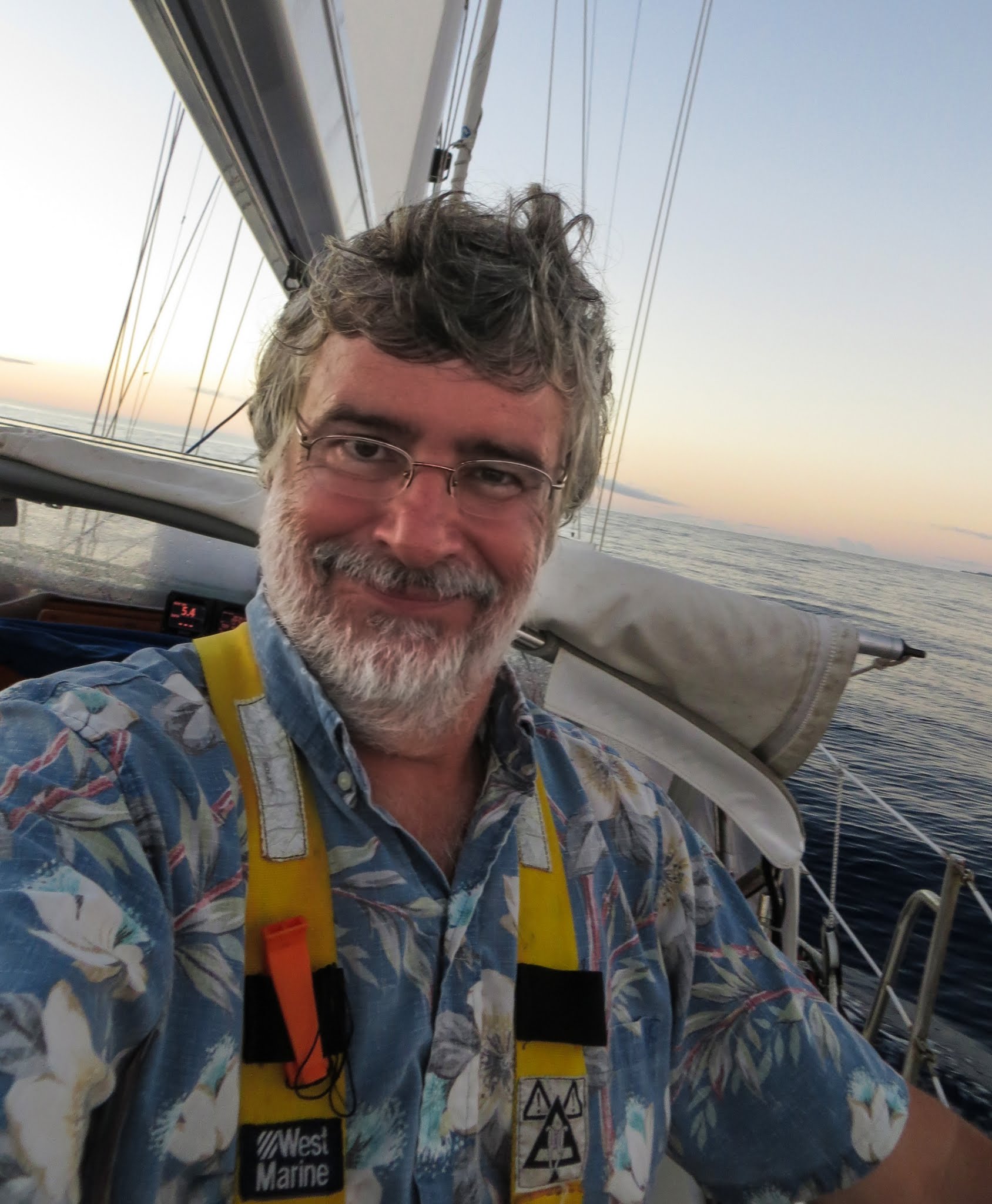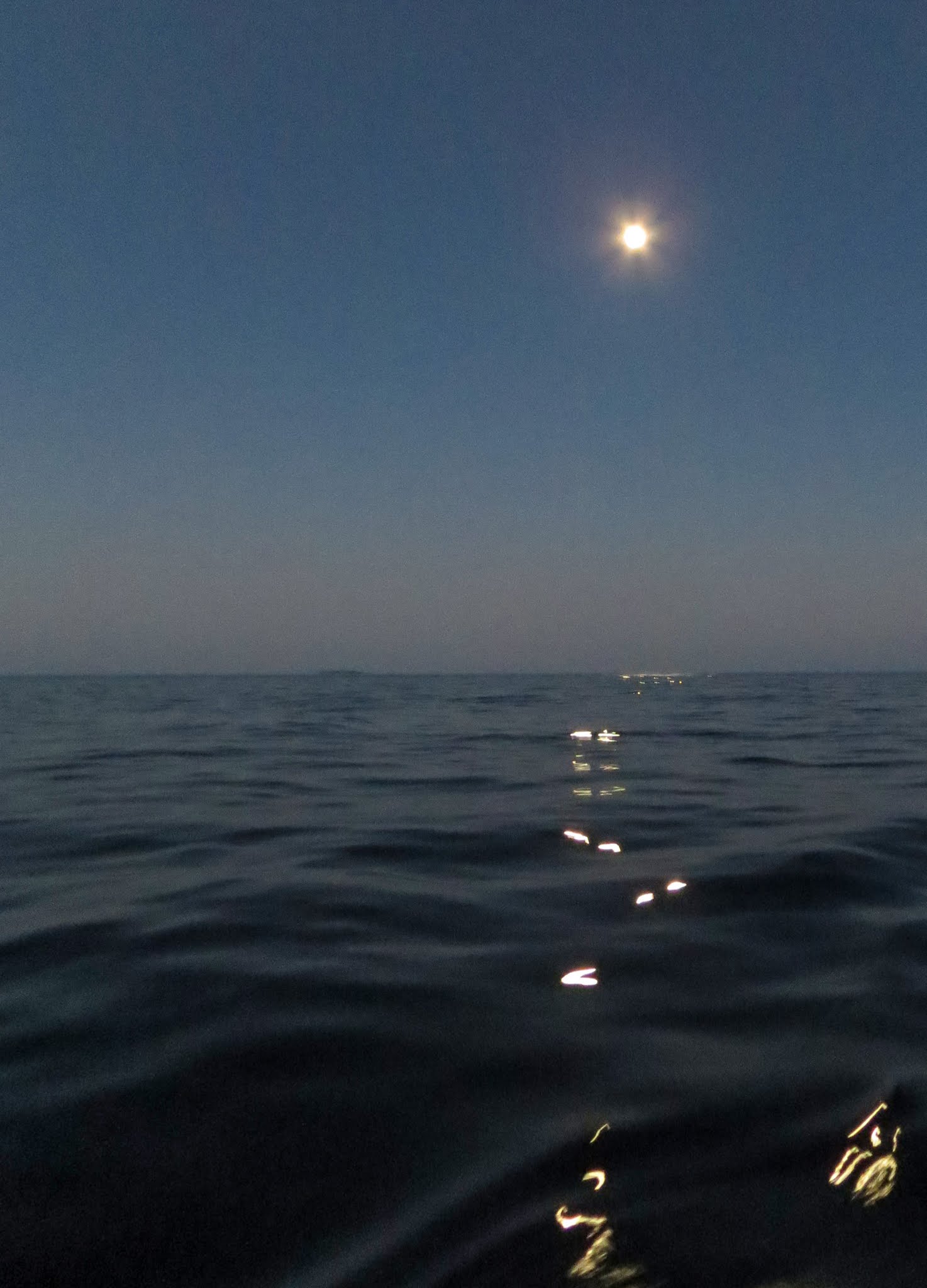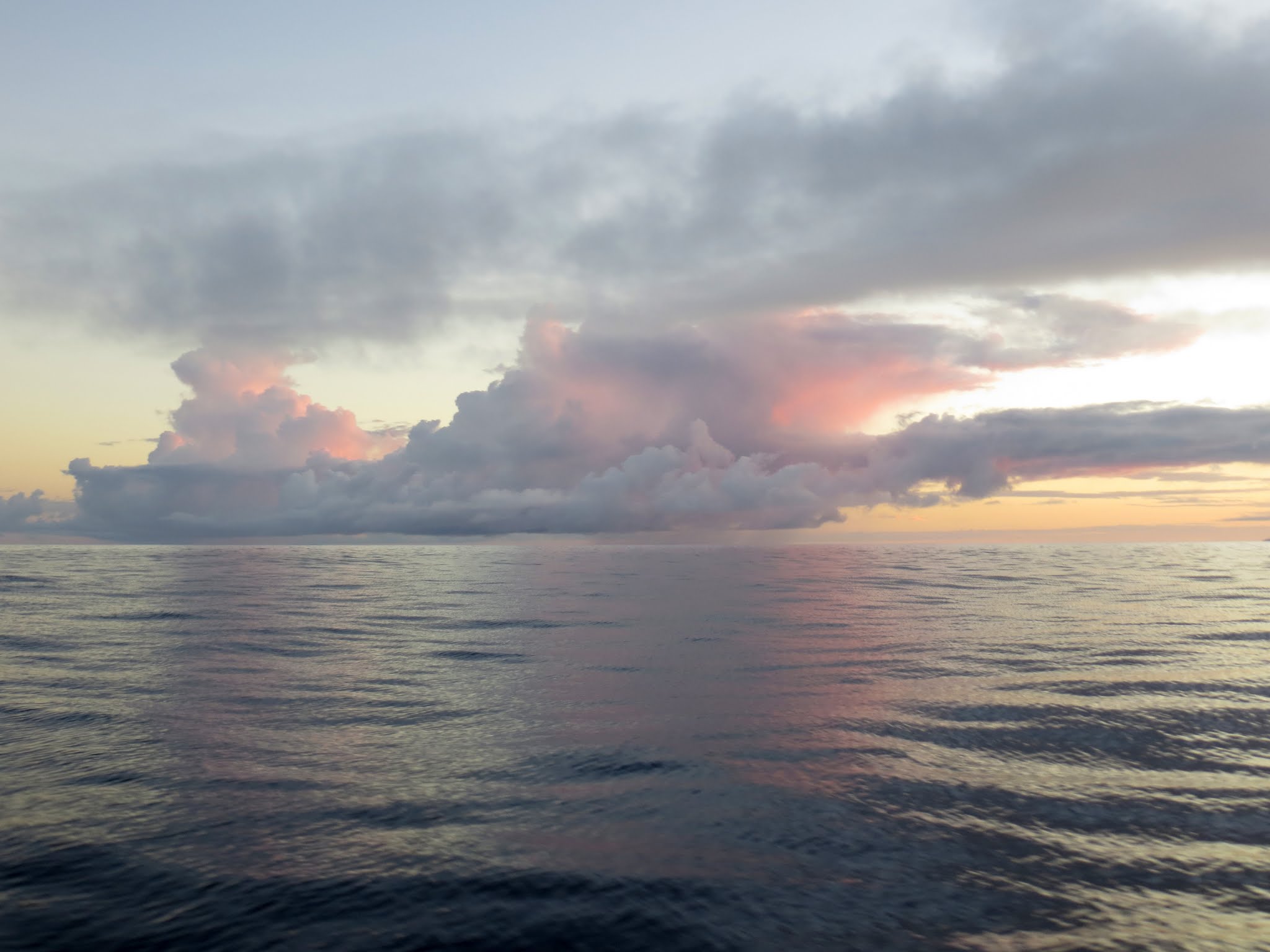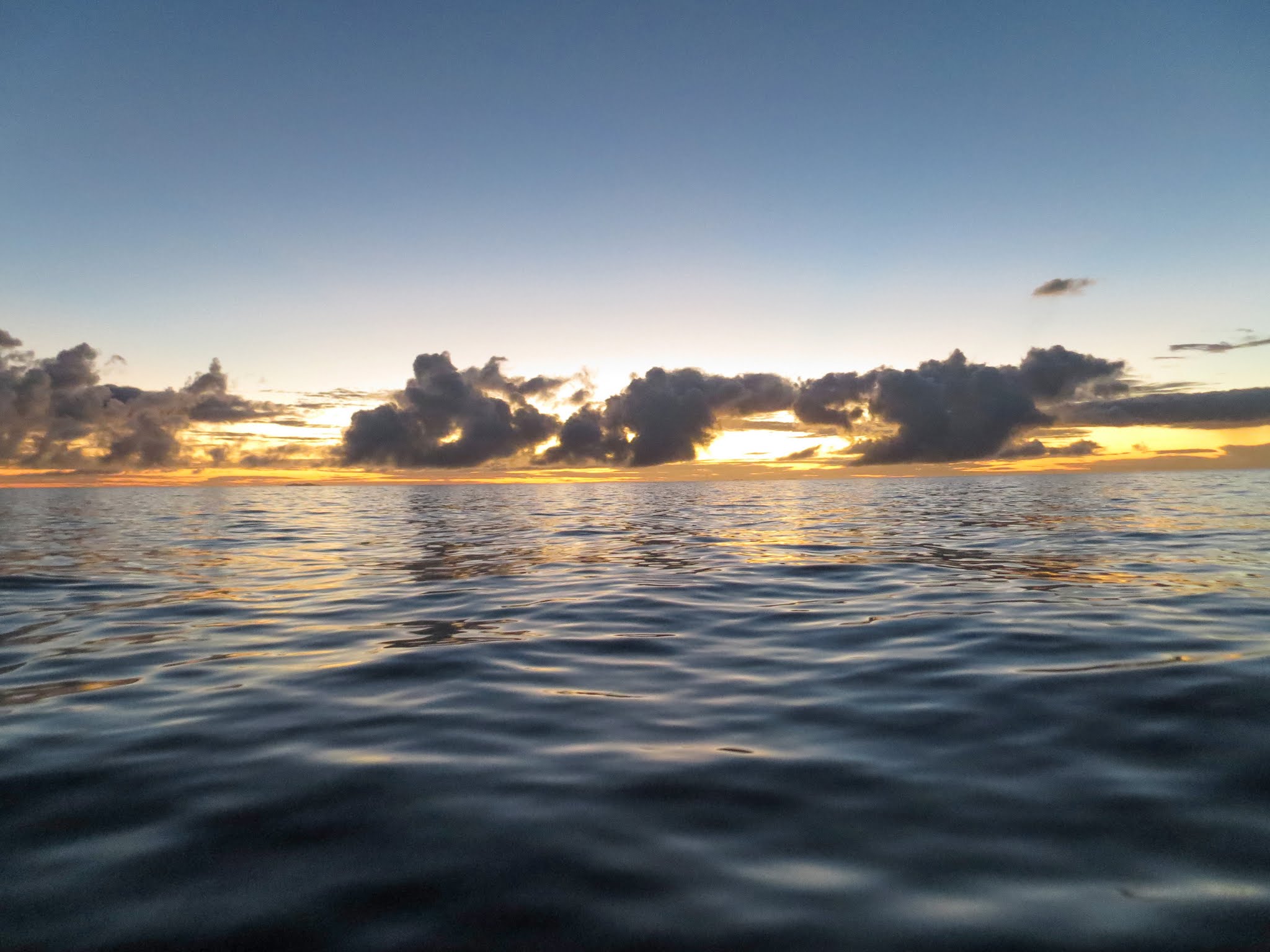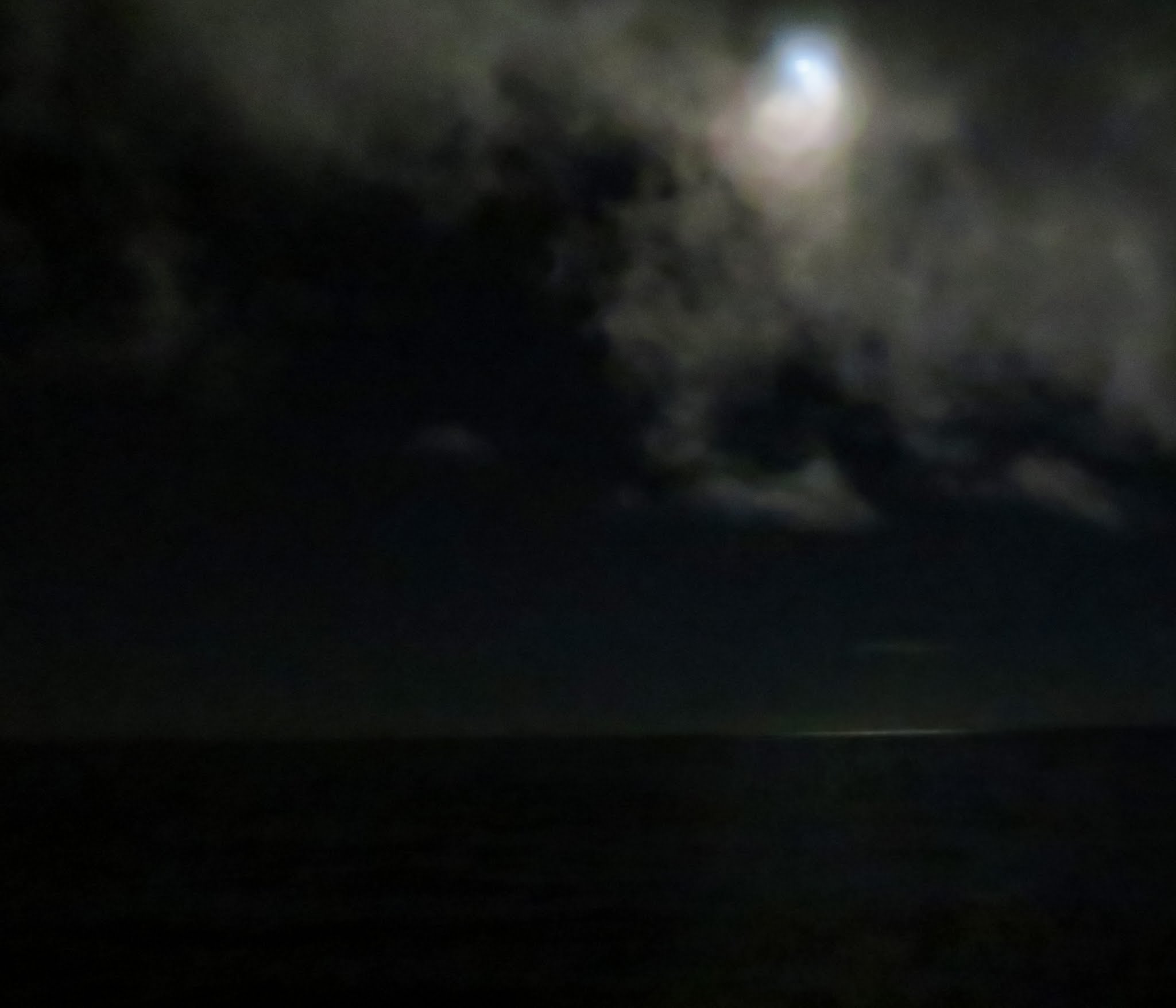August 22 – 23, 2013
When you look at a picture of Fulaga, you can see that it’s sort of ring-shaped. Its northeast side is broken up, but a large reef completely surrounds the island, with only one narrow pass through it.
(You can zoom and pan the map below to get a closer look or back out and see exactly where Fulaga is in relation to your neighborhood Stop-N-Go.)
Because of the strong currents and standing waves created by tidal flows, boats have to wait for slack tide–those few minutes where the current ceases as the tide switches direction–to enter the pass. Timing this is not easy because tide tables are only approximate for most areas. The general rule of thumb for entering an atoll is to get there early, watch for the conditions to calm at the entrance, then make haste and get through.
To arrive at Fulaga for a mid-day slack tide, we’d need to do a 2-night passage, leaving Savusavu late at night. (Luckily we had enough tracks in and out of the Savusavu area to feel comfortable leaving in the dark.)
We left shortly after midnight, getting our boat out of the slip in perfectly calm, still conditions. It was cloudy and overcast with a full moon, giving us a nice amount of light. We left Savusavu behind and headed out through an area of islands towards Fulaga. The silver lining of having to do an overnight passage is getting to see islands in the moonlight, a rare and beautiful sight.
Our passage was really nice, the only incident being the mysterious object that would pop up on our radar then suddenly disappear. This was on my daylight watch, and it was very frustrating trying to figure out what was going on. I finally solved the mystery, discovering that our radar can pick up breeching whales. They were about 2 miles off; so that’s pretty impressive.
We arrived at Fulaga early; so we had some time to kill before we could attempt to enter the pass. Our friends on Bright Angel would be on hand to help lead us through some of the iffier areas in their dinghy. (Back in 2013, there were far fewer proven waypoints for this area. Thus it was common to for cruisers to hop into their dinghies to lead any arriving friends through the pass.)
Below, a gallery of photos from our passage, including a picture of our first Fulaga sighting. (Click to enlarge and scroll). –Cyndi

